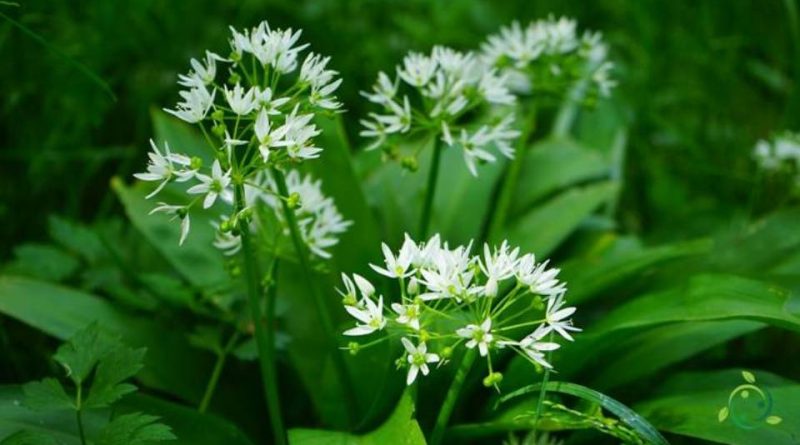How Wild Garlic propagates
How Wild Garlic propagates
Wild garlic (Allium ursinum L.) is a bulbous, herbaceous, perennial herbaceous species, not very tall, with white flowers and wide, delicate and silky leaves, with a pungent garlic smell from the Liliaceae family.
This plant grows wild in Europe and Asia; in Italy it is present throughout the territory, except Sardinia. It forms extensive populations up to 1,000 meters in the humid deciduous woods and, sometimes, at the side of the streams, it forms homogeneous carpets, which penetrate the dense woods.
Wild garlic is better suited to temperate and humid climates, it does not fear the cold winter, as it resists up to – 15 ° C.
This plant prefers semi-shaded or shady environments. From the pedological point of view, it prefers loose, medium-textured, fertile, well-drained soils rich in organic matter and calcareous; on the contrary, it does not tolerate too compact and humid soils as they are subject to water stagnation which favor the onset of rot on the bulbs. For the details of the cultivation technique, refer to the following sheet.
Multiplication –
Wild garlic propagates by bulbils and by self-sowing.
If one proceeds with the propagation by bulbils these, as soon as they are harvested, are unable to germinate and emit roots as they are in a state of dormancy.
To interrupt the dormancy it is necessary to proceed to a vernalization which consists in storing them at a temperature of 7 ° C in a humid environment and separating the bulbils from the bulb.
The planting must then be done, preferably with temperatures around 15-20 ° C which allow a faster germination.
The seedlings must then be transplanted into individual pots on rich substrate. When they are well developed they settle in full earth, preferring cool and shady areas.
It is a good idea to build a litter in the garden with soil and dry leaves which are the optimal environment for better vegetative and bulb growth.
Wild garlic can also be multiplied by division of the clumps, in the period of early spring.
You can also proceed by seed and in this case you will get the plants from which to obtain the bulbs for the following year, to be divided into cloves, and propagated according to the described technique.

